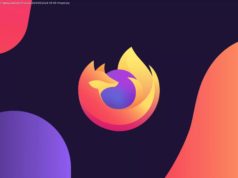Web3 will reshape our relationship with the internet. Netizens will own their digital assets in a more equitable digital environment.
How do you think you would answer if I asked you the following question: “What do you own online?”
In real life, you own your home, the car you drive, the watch you wear, and anything else you have purchased. But do you own your email address or your business’s website? How about the pictures that populate your Instagram account? Or the in-game purchases on Fortnite or FIFA video games or whatever else you are playing?
My best guess is, after casting your mind through the things you use the internet for (which for everybody is pretty much everything, social and professional), you would struggle to find a solid answer.
Maybe you would ask me to explain what I mean by “ownership.” But it doesn’t really matter. And while I don’t mean this to be a trick question, it kind of is. Because in the current version of the internet, we don’t have ownership rights online.
To understand why we don’t own anything online, we must first understand the evolution of the internet and how it gave rise to the business model that has dominated its current iteration.
In the 1990s — the decade of desktop computers and dial-up connections — the internet was predominantly a content delivery network consisting of simple static websites showcasing information. What we refer to today as Web1 was slow, siloed, and disorganized.
Next came the platforms, such as Facebook (now Meta) and Google, driven by wireless connectivity and the development of handheld devices like laptops, smartphones, and tablets, which gave us free-to-use services that enabled us to edit, interact with and generate content. These platforms centralized the web, putting in place a top-down structure that saw users reliant on their systems and services.
This evolution of the internet took place in the mid-2000s and is the version we know today. We call it Web2. It is a model based on connectivity and user-generated content, made in the image and interests of companies like Facebook, Twitter, Instagram, and YouTube.
In this environment, netizens are both participants and products. We sign up for services in exchange for our data, which is sold to advertisers, and we create content that generates value and fuels engagement for these platforms.






